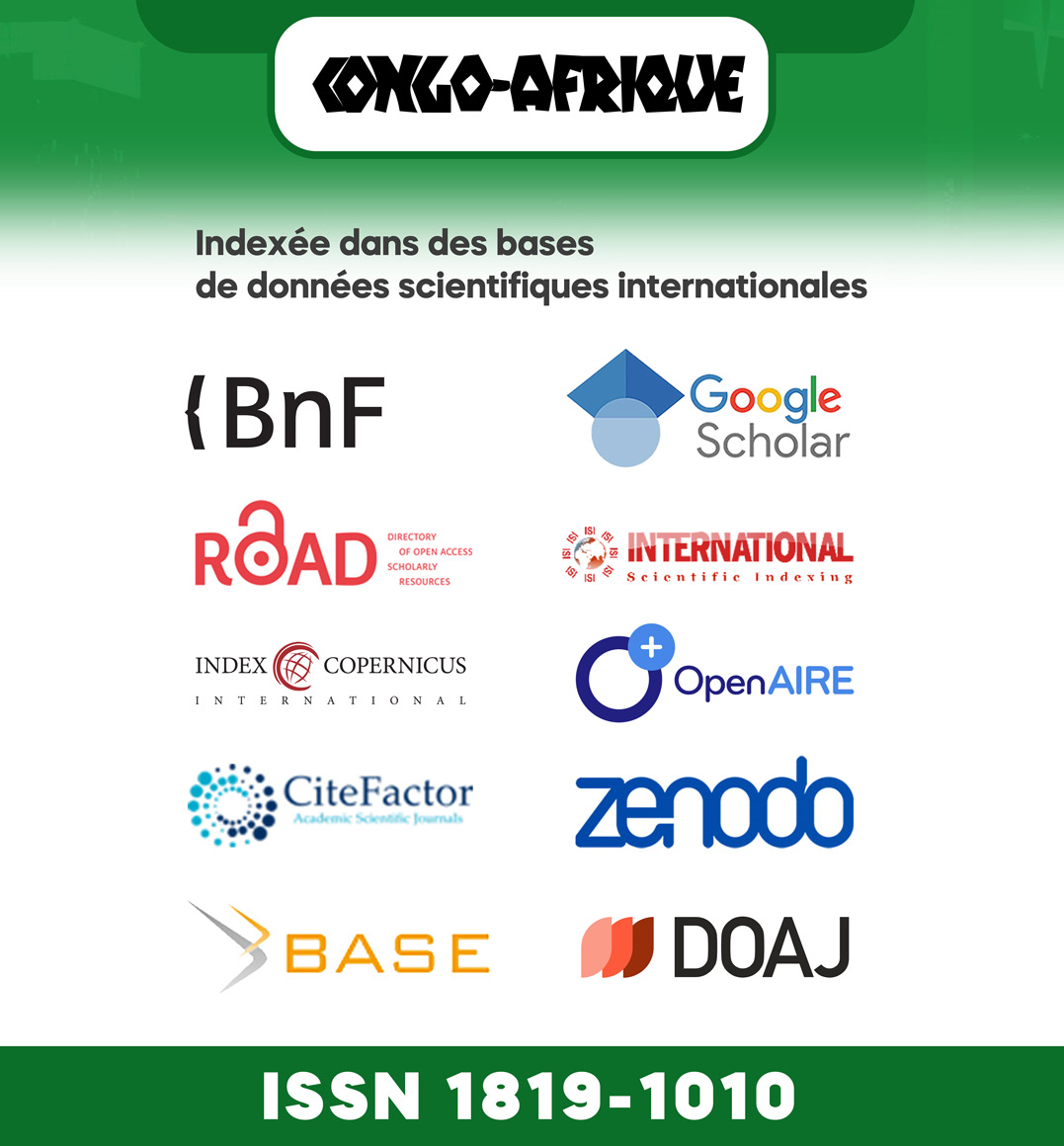Alain NZADI-a-NZADI, S.J.
2020, rétrospective d’une année à rebondissements en RD Congo
2020, Retrospective of a Year with Twists and Turns in DR Congo
Henri MUHIYA MUSABATE
Accaparement des terres dans le secteur minier en RDC. Territoires occupés par les miniers et guerres entre les miniers et les miniers artisanaux
La prise de conscience du phénomène « accaparement des terres » semble récente de quelques vingtaines d’années. Pourtant, la réalité a existé depuis des siècles. L’exercice du morcellement du continent africain relève du même phénomène. Des mêmes puissances d’hier qui ont utilisé la colonisation, proviennent des multinationales se fondant sur des influences juridiques, politiques, diplomatiques, médiatiques, financières, sécuritaires, judiciaires pour accéder et s’approprier d’immenses espaces des terres. Le secteur minier de la République démocratique du Congo n’en est pas épargné.
Land Grabbing in the Mining Sector in the DRC. Territories Occupied by Miners and Conflicts between Miners and Artisanal Miners
Awareness of the phenomenon of “land grabbing” seems recent for some twenty years. Yet, the reality has existed for centuries. The exercise of the fragmentation of the African
continent is the same phenomenon. From the same powers of yesterday that used colonization, come multinationals relying on legal, political, diplomatic, media, financial,
security, judicial influences to access and appropriate vast areas of land. The mining sector of the Democratic Republic of the Congo is not immune to this.
Jean-Baptiste NTAGOMA
Utilisation des outils GIS dans l’amélioration de l’affectation des terres des ménages du parc agroindustriel de Bukanga Lonzo (RD Congo)
Cet article s’intéresse à la problématique foncière dans le cadre du développement du secteur agricole en République démocratique du Congo, et ce, au sein du parc agro-industriel de Bukanga Lonzo, et montre les avantages liés à l’utilisation efficiente des outils GIS. En effet, en présence d’une question d’affectation des terres aux ménages résidant dans ce parc agro-industriel, l’utilisation des outils GIS a permis de régler les conflits éventuels entre occupants et entreprises qui s’y installent. Ainsi, les discussions entre l’Etat et les autochtones ont eu pour effet, entre autres, grâce à la géolocalisation, de garantir une meilleure allocation de l’espace disponible par une différenciation aisée entre les terres arables et les espaces devant servir à d’autres usages.
Use of GIS Tools in improving Household Land Use in the Agro-industrial Park of Bukanga Lonzo (DR Congo).
This article examines the land issue in the context of the development of the agricultural sector in the Democratic Republic of the Congo, within the agro-industrial park of Bukanga Lonzo and shows the advantages linked to the efficient use of GIS tools. Indeed, in the presence of a question of land allocation to households residing in this agro-industrial park, the use of GIS tools has made it possible to resolve any conflicts between occupants and companies that settle there. Thus, the discussions between the State and the natives had the effect, among other things, thanks to geolocation, of guaranteeing a better allocation of the available space by an easy differentiation between arable land and the spaces available for other usages.
Rigo GENE
Terres accaparées par les privés et les grandes plantations agricoles. Cas emblématiques : FERONIA et BUKANGA LONZO (RD Congo)
Cet article porte sur deux cas d’accaparement des terres par les privés en République Démocratique du Congo : FERONIA et BUKANGA LONZO. L’analyse des faits s’appuie sur la Déclaration de Tirana et démontre qu’il s’agit bien des accaparements des terres : les acquisitions des terres dans ses deux sites ne se sont pas reposées sur le consentement préalable donné librement et en connaissance de cause des populations affectées ; elles sont donc contraires aux droits de l’homme et n’ont pas fait l’objet de procédures transparentes et n’ont pas connu la participation significative des acteurs concernés.
Land Grabbed by the Private and Large Agricultural Plantations. Emblematic Cases: FERONIA and BUKANGA LONZO (DR Congo).
This article focuses on two cases of land grabbing by private companies in the Democratic Republic of the Congo: FERONIA and BUKANGA LONZO. The analysis is based on the “Tirana Declaration” and shows that it is indeed about land grabbing: the land acquisition in the two sites was not based on a “prior consent given freely and knowingly” by affected populations. These acquisitions are therefore contrary to human rights and have not been subject to transparent procedures.
NYAMWOGA Bayengeha Floribert
La réforme de L’administration foncière en RDC face à la montée de la tendance à privatiser les actifs naturels par les forces économiques.
Cet article porte un regard critique sur les solutions mises en œuvre par différents acteurs du foncier congolais et amorce une réflexion sur la pertinence de la réforme foncière comme une réponse adéquate aux problèmes récurrents du secteur foncier en RDC.
The Reform of the Land Administration in the DRC in front of a Growing Tendency to Privatize Natural Assets by Economic Forces
This article takes a critical look at the solutions implemented by various Congolese land stakeholders and initiates a reflection on the relevance of land reform as an adequate response to the recurring problems of the land sector in the DRC.



